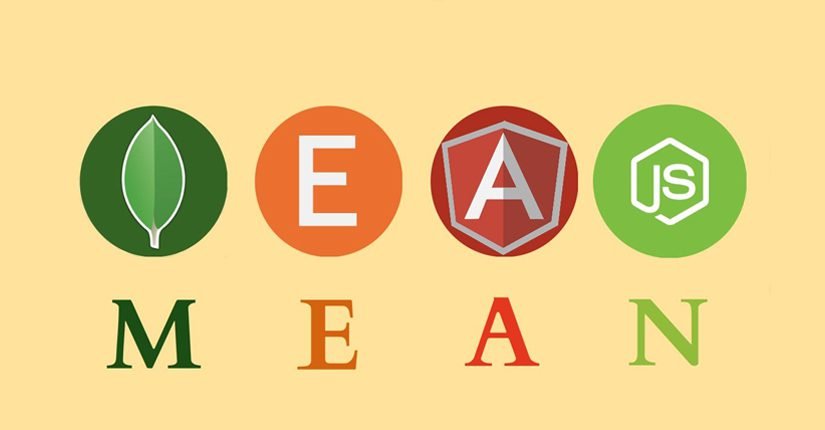Mean Stack Course For Beginners
Javascript is reemerging as the most popular stack for instructional language in bootcamps and training platforms for coding skills. This has created great demand in startups scouring for Mean Stack developers. Ever wondered why?
Mean stack course: MEAN is an acronym for the full stack developers looking to optimize stack capabilities by learning Javascript based Express, Mongo, Node and Angular suites.
Here are some awesome reasons to do a Mean stack course and acquire mean-stack capabilities.
• Almost all web apps currently jump into coding in Python, Javascript, PHP, and Skipping Ruby.
• Mean stack developers specialize in popular startup mean-stack specific Javascript technologies like Express.js, MongoDB, Node.js, and Angular.js. This makes them extremely employable and sought after. Just look at the Node.js popularity trends from indeed.com!
• Quick adaptations to the ever-evolving technologies and the ecosystem of organizational requirements in an organization need a full stack developer to have multi-tasking capabilities, domain knowledge, and practical skills.
• All mean components are free and open source.
• The use of Backbone.js and such java-frameworks helps integrate other JS frameworks already used by your business or employer.
• The ever-popular Angular.js in the A-capabilities of a mean-stack is used by biggies like Google, YouTube etc who are tweaking and spending on improvements to the applications using the Angular.js suite. Expect the demand for mean-stack professionals to grow exponentially with such changes.
• The MEAN stack components of Mongo, Angular, Node and Express use Javascript apps which are popular and very widely used.
• The community of Javascript developers is huge and provides support and solutions of problems to users of all Java-based apps.
• Data transfer uses the JSON format which is also javascript based and does not need any learning of different programming languages.
• Nearly all of the recent and popular applications like the UPI, Linkedin, PayPal, Ola, Uber and many others use the mean-stack application needing both mean programmers and developers on an ongoing basis.
A Mean stack course helps the mean stack developer use Javascript as its language to acquire mean stack capabilities across the four platforms of
• MongoDB: This document-oriented schema-less application uses the NoSQL database and the developer does not need
• Express.js: This works on the server-side and runs atop of Node.js another JavaScript framework.
• Angular: This MVC JavaScript UI framework is independent of the browser.
• Node.js: This server-side JavaScript engine runs on Google’s V8 JavaScript run-time engine.
Learning the mean-stack will take you to a step closer to being a JavaScript full-stack web developer with capabilities for complete solutions front to back ends without learning any more programming languages. Learning online and in the classroom mode can be totally different experiences.
Here is the top recommendation for learning the stack mean components online and without hurdles. – The MEAN Stack Guide-Angular and NodeJS.
Mean Stack Course Contents
If you have mean-stack programming skills the employability race is greatly realized by developing the stack capabilities and doing a mean-stack course at the reputed Imarticus Learning Institute. The course pre-requisites are basic knowledge of CSS, JavaScript and HTML. A fair knowledge of the uses of Angular is a plus.
The contents of a Mean stack course would normally cover
• What a mean-stack consists of.
• How they interconnect to older stack components.
• Machine setting up with the stack.
• Both front and back end capabilities of the stack for scaling the technological needs.
• Node.js and databases like Mongo, Backbone etc.
• Hands-on application development using the mean-stack.
• Connecting back-end apps to Angular.
The job-scope graphs for mean-stack developers show phenomenal growth and great payouts and benefits. These skills are best developed by ample assignments, industry-relevant project work, mentorship, community learning and support as offered in the mean-stack courses at Imarticus Learning.
Concluding notes:
It is important to have a reputed training program for the Mean stack course that helps certify you since certification endorses your skills and allows employers to measure your practical skills of implementation. At Imarticus Learning the emphasis is on producing well-rounded and practically skillful aspirant mean-stack developers. The stack skills are well covered and startups use the assured placements program to absorb new talent. Besides, their personality-development, well-accepted certification, interview, and soft-skills training also help you score in the mean-stack ecosystem.
Join today!


